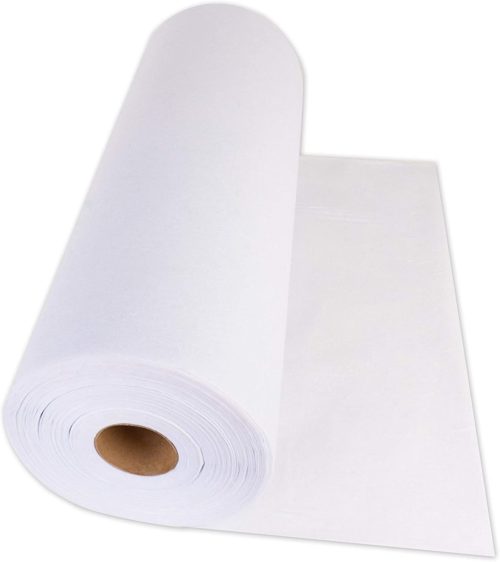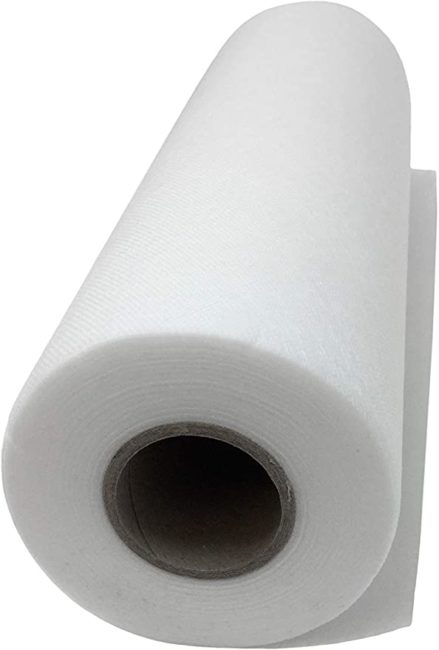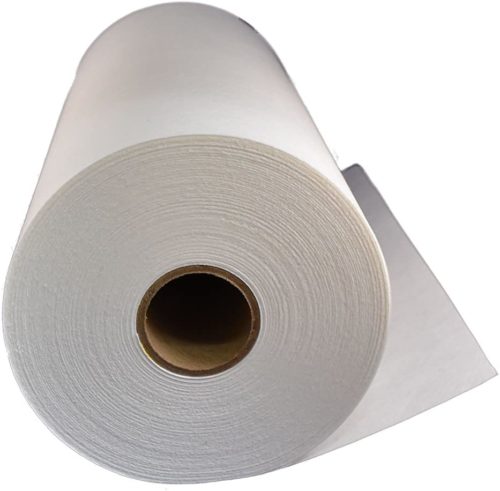Fabric stabilizer is usually considered pretty essential for embroidery. However, its uses aren't just limited to machine embroidery because this great product is also usable in other creative ways, such as pattern templates and applique.
There are different types of fabric stabilizers, namely tear-away, cut-away, and wash-away fabric stabilizers. Applying any of these on the fabric's wrong side in making an applique will make the fabric flat, thus making the process faster and easier.
A fabric stabilizer can also help to prevent crumples and wrinkles on your fabric, especially when sewing pockets.
Tear-away and cut-away fabric stabilizers can also act as underlining or interfacing on your pocket by leaving it attached to it.
Choosing the right type of fabric stabilizer is important, whether it is for traditional machine embroidery or innovative uses of the said product. So here are some tips we prepared for you when choosing a fabric stabilizer.
Tear-Away Fabric Stabilizers
If temporary support is your goal, then tear-away fabric stabilizers are the best choice, especially for strongly woven fabrics. These are available in heavy and light weights and non-adhesive ones. You can easily tear these stabilizers away from the fabric when you're done stitching.
Wash-Away Fabric Stabilizers
Also known as water soluble fabric stabilizers, these products also give temporary support but are best for fragile fabrics or difficult-to-mark fabrics. These are available in paper sheets, plastic film, and spray-on variants and can be removed completely from fabric using water.
Cut-Away Fabric Stabilizers
For permanent support, cut-away fabric stabilizers are the choice and are best used for fabrics woven loosely and knits. These are available in heavy to lightweights. However, you can't remove it from the fabric but can remove the extra cut away around the edge when you're done stitching.
If you found this article interesting, chances are you'll enjoy this one about Different Types of Interfacing and When to Use Them.










